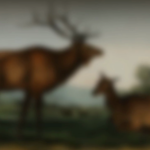BIRDS: 2 species are extinct and 10 are endangered
FISH: 8 species are endangered
MAMMALS: 10 species are endangered
REPTILES & AMPHIBIANS: 9 species are endangered
INVASIVE SPECIES: 115 invasive and non-native species

The territory of the Hudson River watershed falls within the ancestral homelands of the Abenaki, Canarsie, Mohawk, Mohican, Munsee Lenape, and Wapinger peoples.
Territorial recognition: https://native-land.ca/
Most Pressing Issues
Crude Oil Trains
Large shipments are sent by rail to refineries in the Philadelphia area and the transport of these so-called “bomb trains” trains are very dangerous.
Fracking Waste
More than 510,000 tons of solid waste and 23,000 barrels of liquid waste – and counting – from oil and gas extraction operations in Pennsylvania have been shipped to New York landfills for disposal.
Indian Point
Indian Point Nuclear Power Plant uses 2.5 billion gallons of water daily for cooling, which kills over a billion fish annually. Also, there is 2,000 tons of radioactive waste partially leaking into groundwater on site.
Development
Human development in the form of building, mines, power plants, coastal roads & recreational infrastructure is disrupting natural environments.
Stormwater Runoff
Rain sweeps automotive fluids and trash into storm drains and eventually the river. Fertilizers, pesticides and animal wastes wash off lawns and farm fields. Soil left bare of plants erodes into streams.
How You Can Help
Hudson River Keeper
Hudson Riverkeeper works to protect the environmental, recreational and commercial integrity of the Hudson River and safeguard the drinking water Hudson Valley residents.
Learn More about Hudson River KeeperHudson River Sloop Clearwater
Hudson River Sloop Clearwater works to provide innovative environmental education programs, advocacy, and celebrations designed to expand people’s experience, awareness and stewardship of the Hudson.
Learn More about Hudson River Sloop ClearwaterAudubon New York
Audubon New York is the state’s leading voice for the conservation and protection of natural resources for birds.
Learn More about Audubon New YorkThe Hudson River Foundation
The Hudson River Foundation seeks to make science integral to decision-making with regard to the Hudson River and its watershed and to support competent stewardship.
Learn More about The Hudson River FoundationWildlife Conservation Society, New York Seascape
Wildlife Conservation Society, New York Seascape seeks to restore healthy populations of target species, protect key habitats in the Mid-Atlantic, and inspire a local ocean ethic and a vocal marine conservation constituency.
Learn More about Wildlife Conservation Society, New York Seascape







